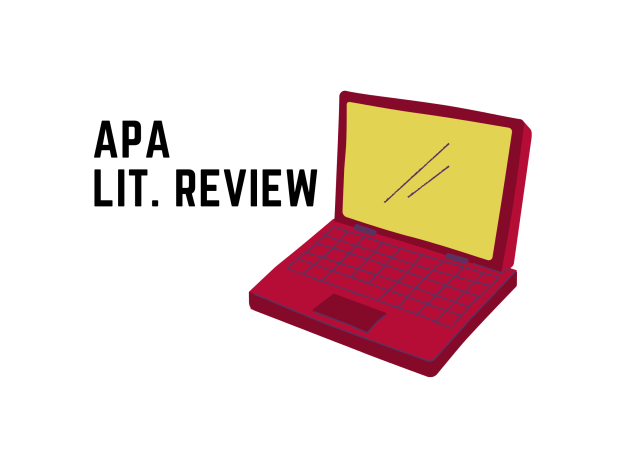Written by Cameron Henderson
The struggle: you’re sending your paper into the Write Site, and when you get to the section marked “specific questions/concerns,” you have no idea what to say. “Grammar, I guess? APA formatting? I don’t know, can you just tell me if it’s good?” If you’ve done this, you’re definitely not alone. Students often struggle to formulate questions to ask about their own writing when seeking assistance at writing centers. Sometimes, it’s just a matter of wording: “I don’t know how to say it, but I have a general idea of what I’m worried about.” Sometimes, students come in unsure of what they need at all. Here’s my main piece of advice: don’t stress too much about these feelings. Every writer wonders at some point if they’re doing it right. With a little guidance and a tiny crash course on the things we focus on here, you can start getting an idea of the kinds of questions that will best help you in your individual writing process.
Where to start:
Here’s the thing you need to know about the Write Site: we are not an editing service here to clean up your paper. We’re writing consultants. That is, our job is to give you feedback to help you improve your writing overall, not just in an individual paper. We like to look at the overall structure, or what we call the “global concerns” of the assignment, before we hone in on grammar mistakes. Our feedback is designed both to address the needs of your submission and to give you an idea of how to make your next paper even better.
With that said, here are a couple of ideas for where to start when considering what kinds of things to put in the “specific questions/concerns” section of your Write Site submission. Forewarning: these suggestions are not going to deal with grammar and formatting. Anyone can ask for help with grammar and formatting. Sometimes, I will admit, grammar and formatting are the main things that need to be addressed in a submission, though usually not. Most of the time, there is something else that needs to be addressed before looking at sentence-level errors. You may or may not already have a sense of what; following these two simple pieces of advice can help you figure out what to ask for to help us help you:
1. Check the rubric for question ideas
Your professor will often attach a rubric with specific requirements for the paper. Some of these requirements will deal with the content you need to include in your essay, but many of them also deal with the professor’s structural preferences. You can look at the rubric for inspiration for questions about argument, support, your thesis statement, audience, and purpose. Your tutors would appreciate your effort even if you take the wording directly from the rubric to check if you’ve done something well.
2. Read up on some of the writing lingo your writing consultants are using
You don’t have to know everything. Heck, you don’t even have to memorize the terms we use here in the writing center, though it wouldn’t hurt you as a writer. Being aware of some of the underlying structures of an essay will not only help you feel more confident asking your tutors specific questions, but will also improve your confidence as a writer. Knowing what’s going on behind the curtain makes the process of writing feel much less slippery. This handout here is a simple explanation of some basic terms (these are what we mean when we say “global concerns”) and a few example questions you can ask in your submissions. Feel free to save it for later and even copy+paste the questions into your submission forms.
That’s it, that’s my advice. Not too complicated, but hopefully you find it helpful. The first step, of course, is making your appointment–for that (and this next bit is specific to TWU students, though the rest of my advice is for anyone thinking of using writing center services at their school), you need to have a WCOnline account set up using your TWU email address. When you create your appointment, you have the option of selecting an online OWL, which is the type of appointment where you send your essay in and we send it back via email with our commentary and suggestions. There’s no live component to this type of appointment, so it’s great for those with scheduling conflicts. We love to have one or two specific questions to focus on during these appointments, since you won’t have a chance to refine your questions during our reading. You can also make an OWLive appointment, which is an online video meeting where we look over your paper with you in real time. It’s good to have an idea of what you’d like to focus on and what kind of feedback you want, but you’ll also have a chance to come up with more questions during your conversation with your consultant. Finally, you can make a live appointment in the Write Site and come to us in person for the same type of real-time tutoring. Again, the Write Site offers a tutoring service, not an editing service, so don’t expect simple revisions. Expect commentary and suggestions for ways to improve your writing and help you along in your process.
Thanks for reading, good luck, and we hope you have a great semester!





